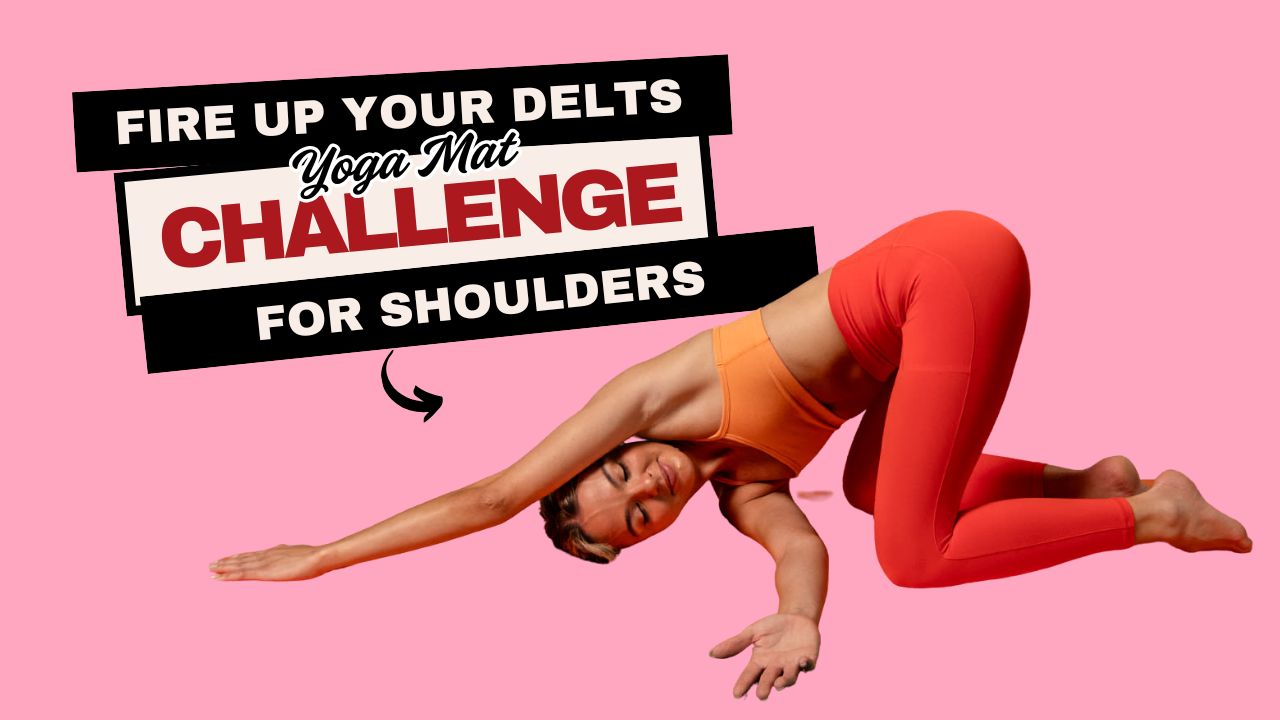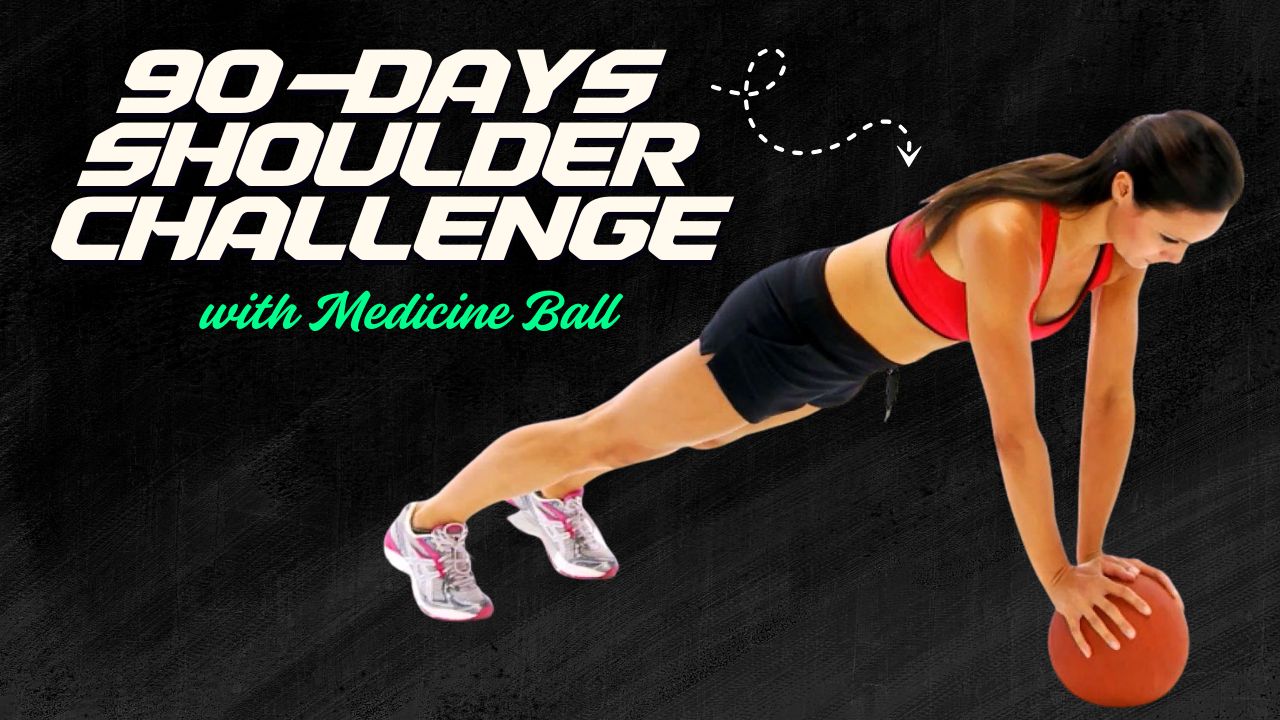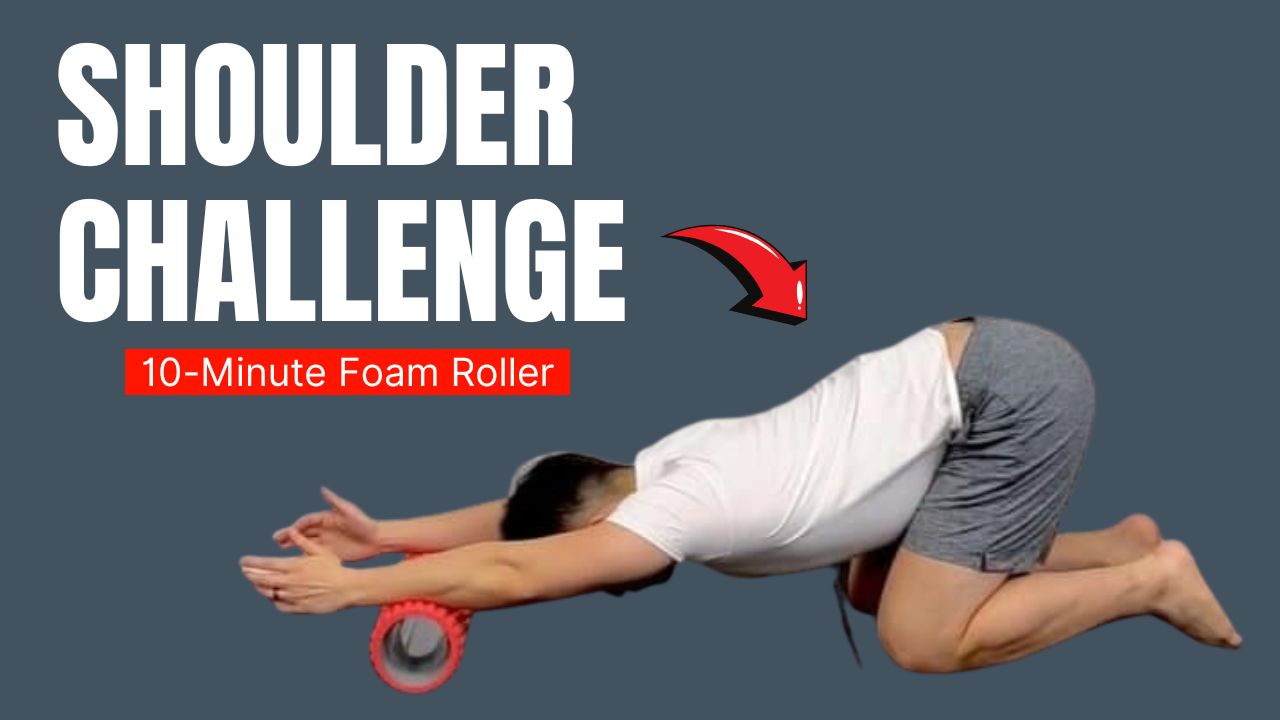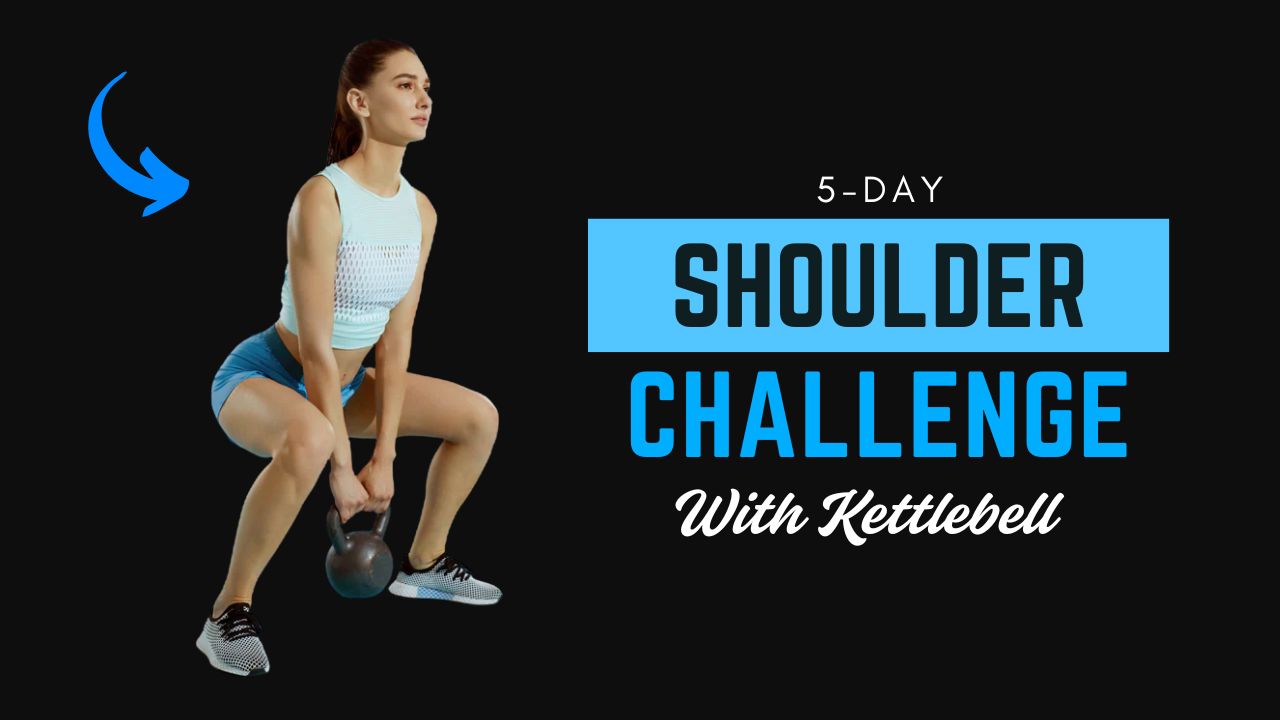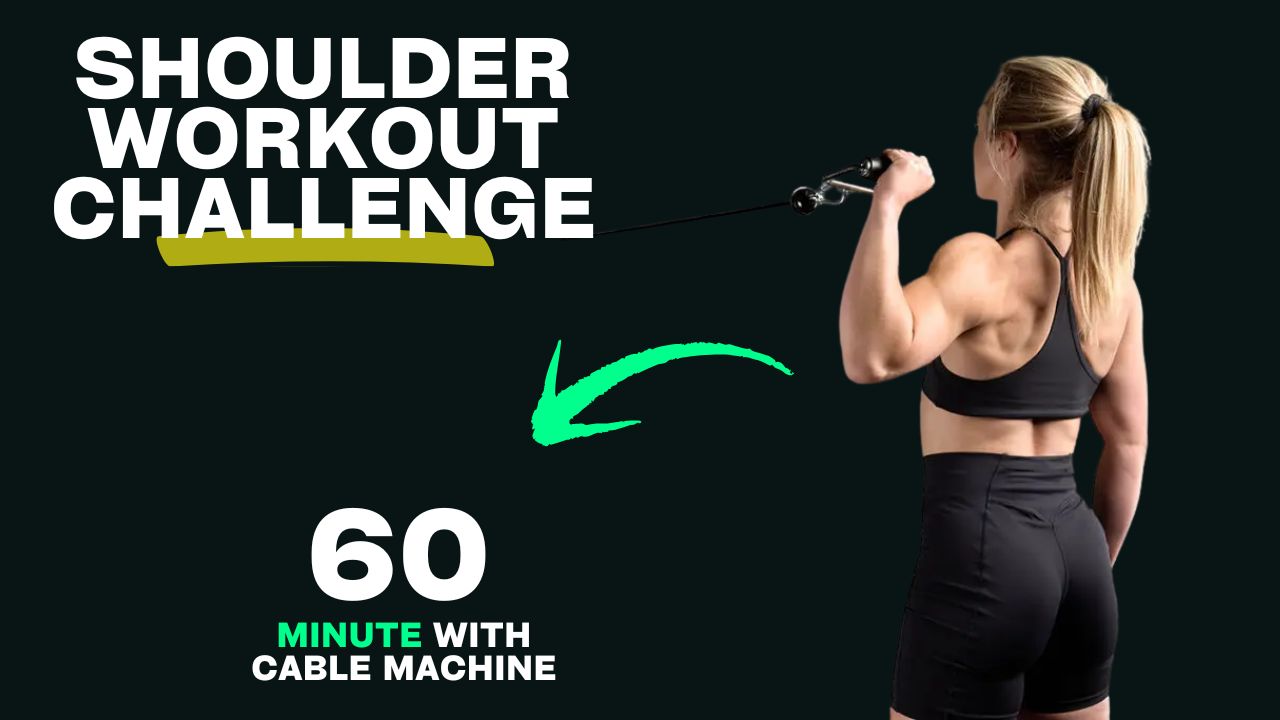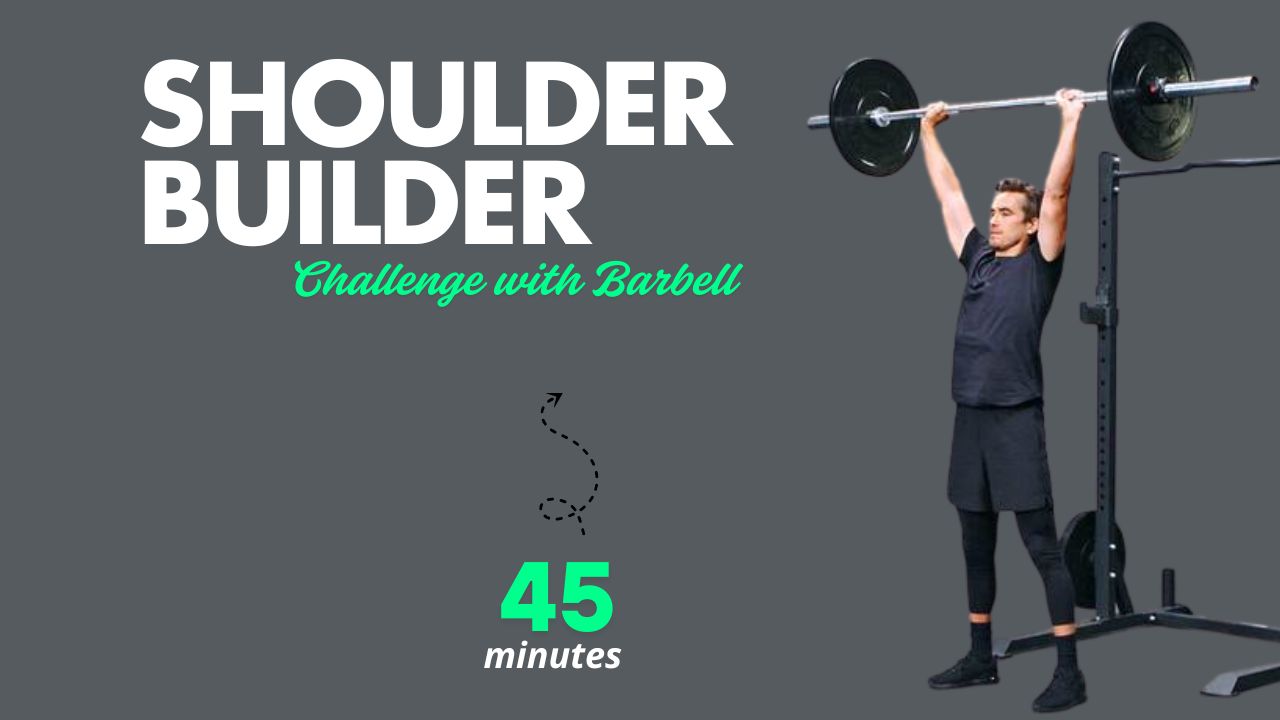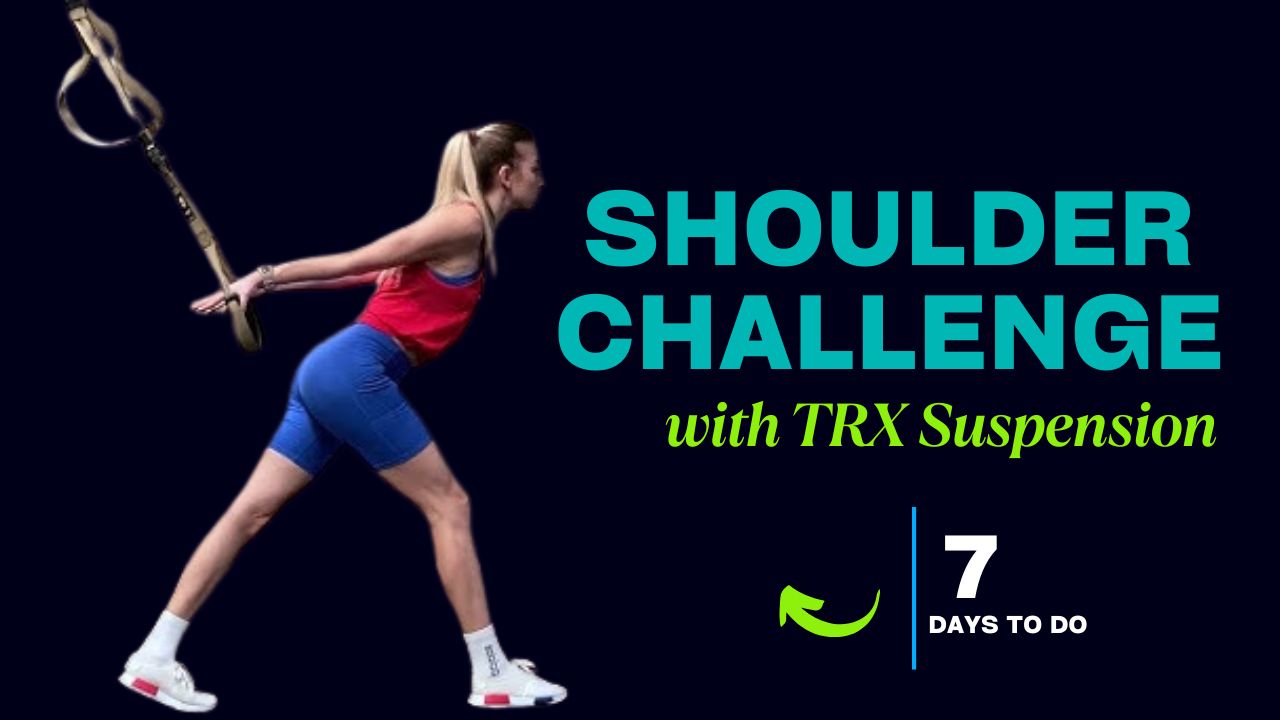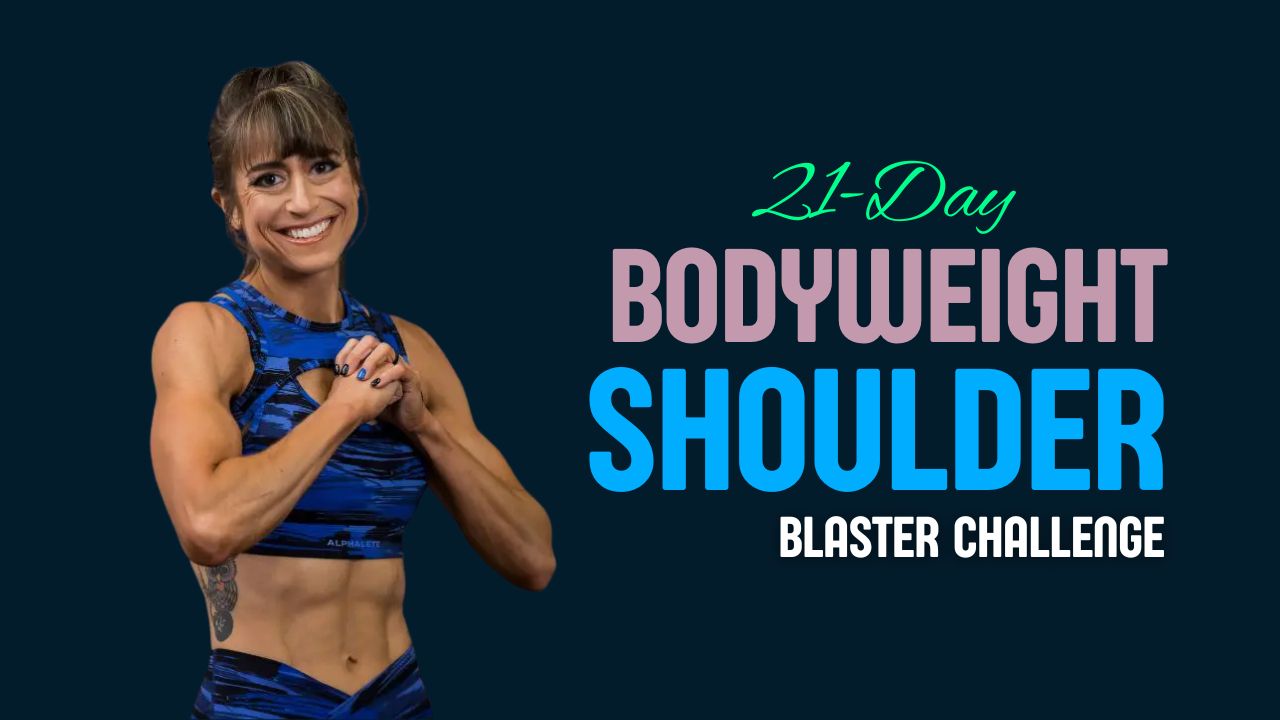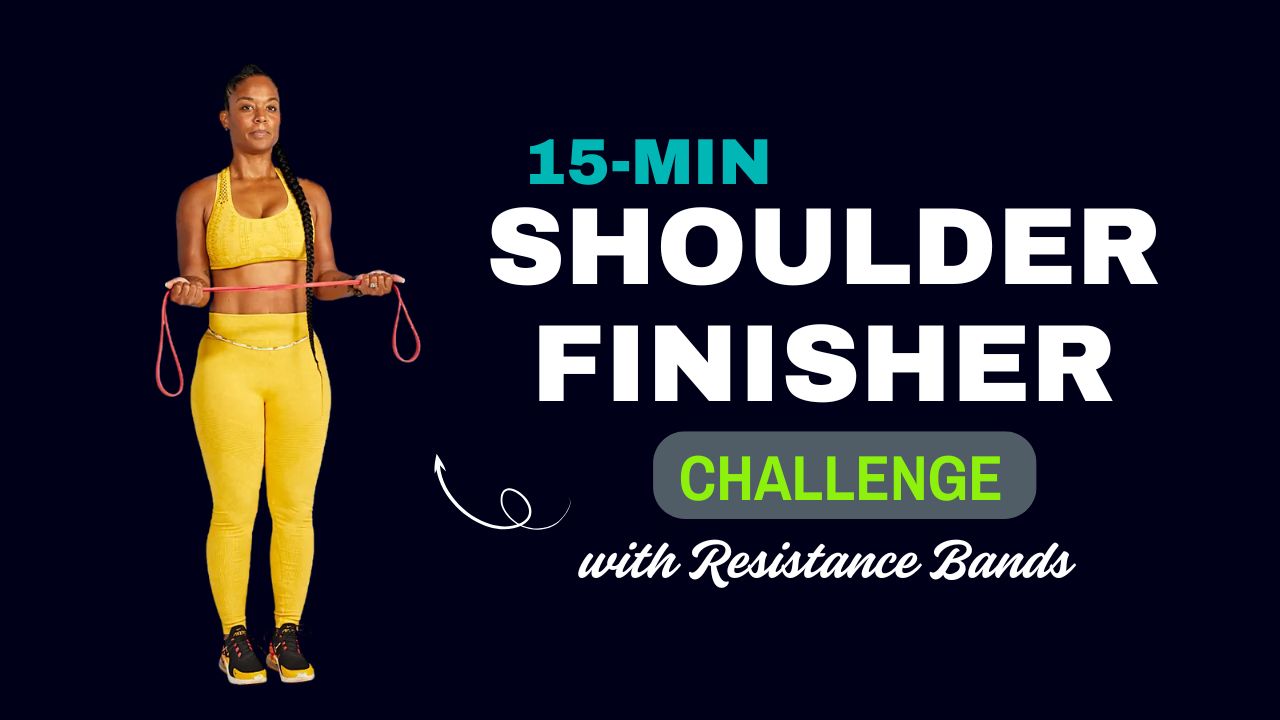Do you think oblique training is just about side crunches? Think again. If you’re skipping weighted oblique work, especially with a barbell, you’re missing out on a golden ticket to carving those side abs like a pro.
Barbell oblique exercises don’t just define your waist — they build raw rotational strength, improve posture, and enhance athletic performance.
Myth alert: Oblique training won’t make your waist bulky. In fact, when done right, it tightens the area and boosts core symmetry.
Whether you’re chasing aesthetics or core functionality, these barbell moves are your next game-changer.
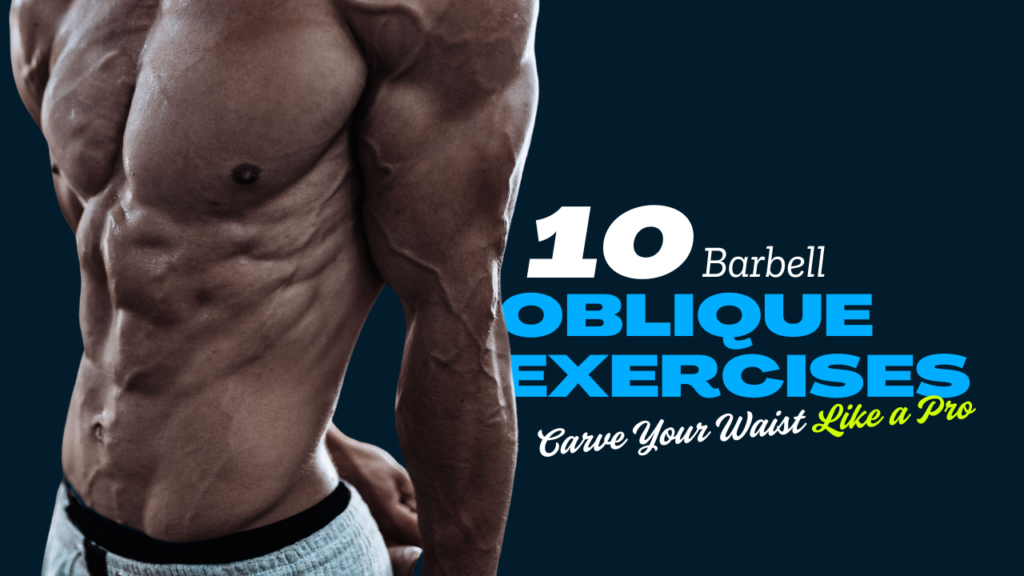
Table of Contents
Results You May See After 30 Days of Barbell Oblique Training
| Benefit | What You May Notice |
|---|---|
| Stronger Core | Increased stability and control during lifts and daily movements |
| Improved Posture | Better spinal alignment and reduced slouching |
| Better Rotational Power | Easier and more powerful twisting, swinging, or throwing motions |
| Waistline Definition | Tighter, more sculpted sides with reduced “love handle” appearance |
| Enhanced Balance | Improved coordination and control in single-leg or uneven surface movements |
| More Lifting Strength | Stronger core contributes to better performance in squats, deadlifts, and presses |
| Better Aesthetics | Noticeable V-taper look with defined obliques and a more athletic waistline |
| Mind-Muscle Connection | Increased awareness of your oblique engagement in various exercises |
| Injury Prevention | More support for your spine and joints, reducing the risk of strains and imbalances |
| Faster Recovery Times | Improved core endurance leads to quicker recovery between sets and workouts |
Also Read: 13 Dumbbell Chest Workouts That Build Size & Definition Fast
Do’s and Don’ts of Barbell Oblique Training
| Do’s | Don’ts |
|---|---|
| Start with a light barbell to master form | Don’t lift heavy weights before learning proper technique |
| Engage your core throughout each movement | Don’t arch your lower back or let your core go loose |
| Perform slow and controlled reps | Don’t rush through the exercises or use momentum |
| Warm up your core and shoulders before training | Don’t skip warm-up — it increases injury risk |
| Use a mirror or video to check your form | Don’t assume your form is perfect — always reassess |
| Incorporate both rotational and anti-rotational moves | Don’t stick to just one type of oblique movement |
| Breathe properly — exhale during effort | Don’t hold your breath during lifts |
| Rest between sets for proper recovery | Don’t overtrain — muscles need time to recover |
| Combine oblique work with full-body training & cardio | Don’t rely on oblique training alone for fat loss |
| Progress gradually by increasing weight or reps | Don’t increase weight too quickly — it leads to poor form |
1. Barbell Russian Twist
Why it works: This move challenges rotational strength and builds deep oblique definition.
How to:
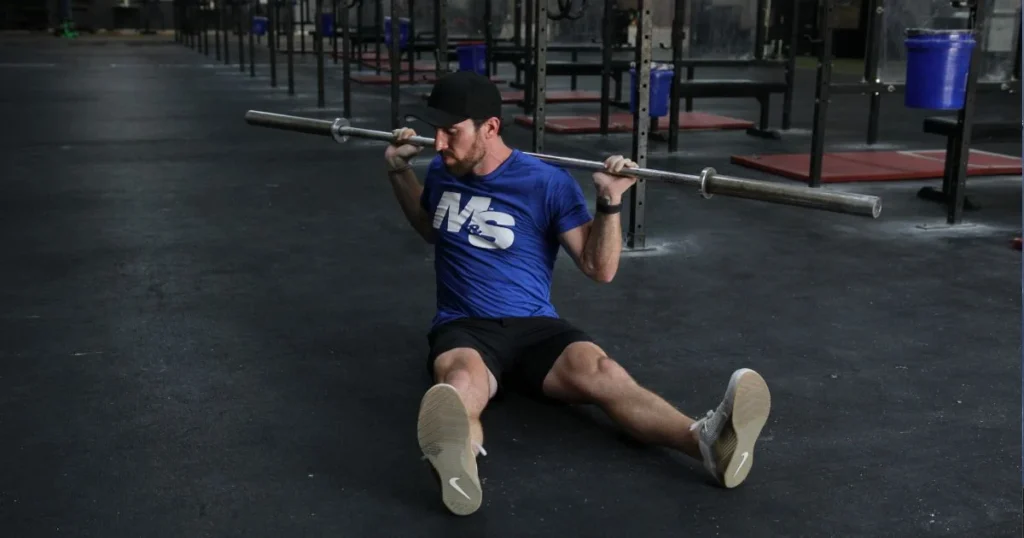
- Sit on the floor holding a barbell across your chest.
- Lean back slightly, keeping your core tight.
- Rotate your torso side to side in a controlled motion.
- Keep your feet off the ground for a greater challenge.
Pro Tip: Start with a light barbell and increase as your control improves.
Also Read: 13 Equipment-Based Calf Exercises to Power Up Your Lower Legs
2. Landmine Oblique Twist (a.k.a. Landmine 180s)
Why it works: Torches your entire core with an emphasis on the obliques through powerful rotation.
How to:

- Insert one end of the barbell into a landmine anchor or corner.
- Stand with feet shoulder-width apart, barbell in both hands.
- Pivot your feet and rotate the barbell from hip to hip in an arc motion.
Did you know? This move mimics movements in sports like baseball, golf, and martial arts.
3. Barbell Side Bend
Why it works: This underrated classic isolates the obliques with a unique, weighted side flexion.
How to:
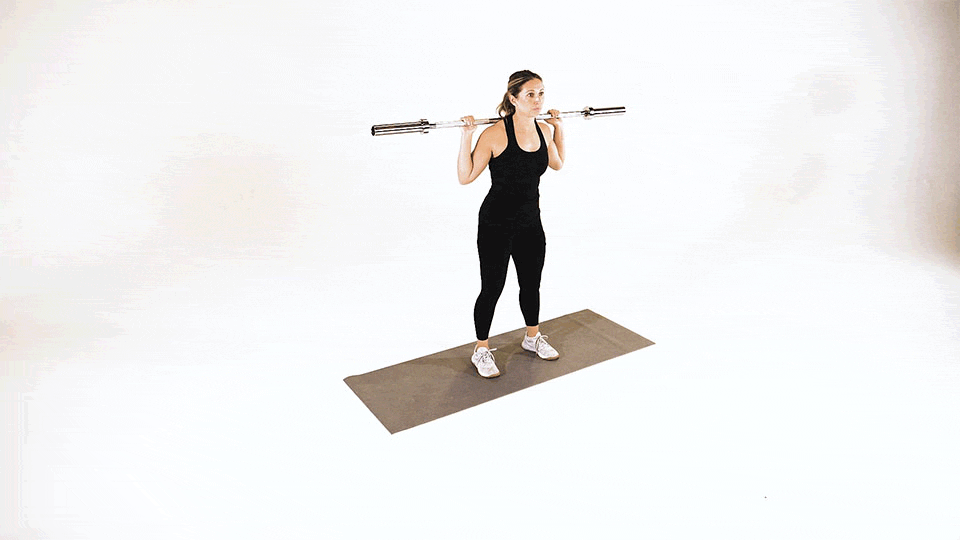
- Rest a light barbell on your traps like in a back squat.
- Stand tall with feet hip-width apart.
- Slowly bend sideways from the waist, then return to the center.
Caution: Keep hips stable and avoid twisting to prevent strain.
4. Barbell Overhead Side Bend
Why it works: Holding the barbell overhead adds core instability, forcing your obliques to work harder.
How to:
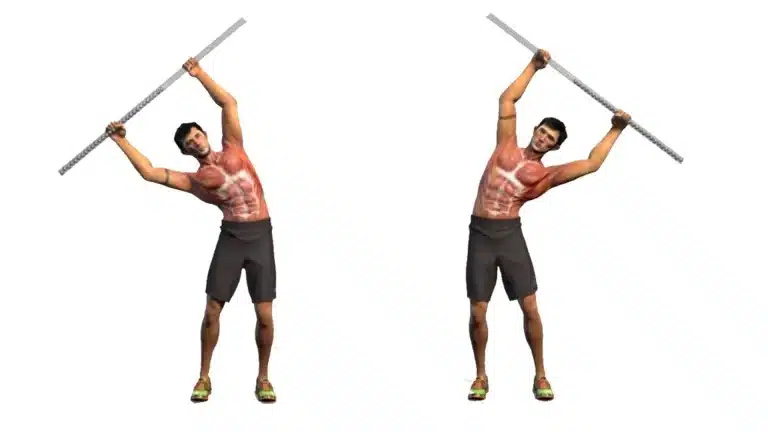
- Press the barbell overhead using both hands, arms extended.
- Perform side bends while keeping the bar stable above your head.
Bonus: Strengthens shoulders while torching obliques.
Also Read: 13 Bodyweight Abductor Exercises for Stronger, Sculpted Hips
5. Barbell Standing Woodchopper
Why it works: A functional movement that mirrors lifting, twisting, and pulling actions.
How to:
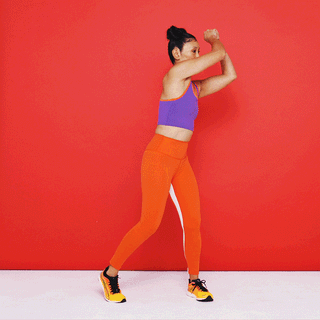
- Hold the barbell in both hands, starting high over one shoulder.
- In a chopping motion, bring the bar diagonally across your body to the opposite side.
- Engage your hips and core throughout.
Variation tip: Slow it down to increase the time under tension.
6. Landmine Side Press
Why it works: Blends shoulder pressing with intense lateral core engagement.
How to:
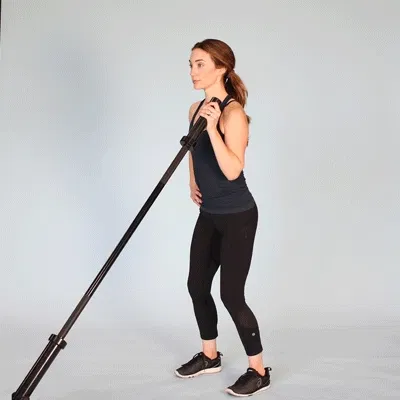
- Position yourself sideways to the landmine barbell.
- With one hand, press the barbell overhead.
- Brace your core and resist leaning as you press.
Add-on benefit: Improves anti-lateral flexion strength — key for injury prevention.
7. Barbell Suitcase Deadlift
Why it works: It’s a deadlift variation that taxes your obliques by creating uneven loading.
How to:
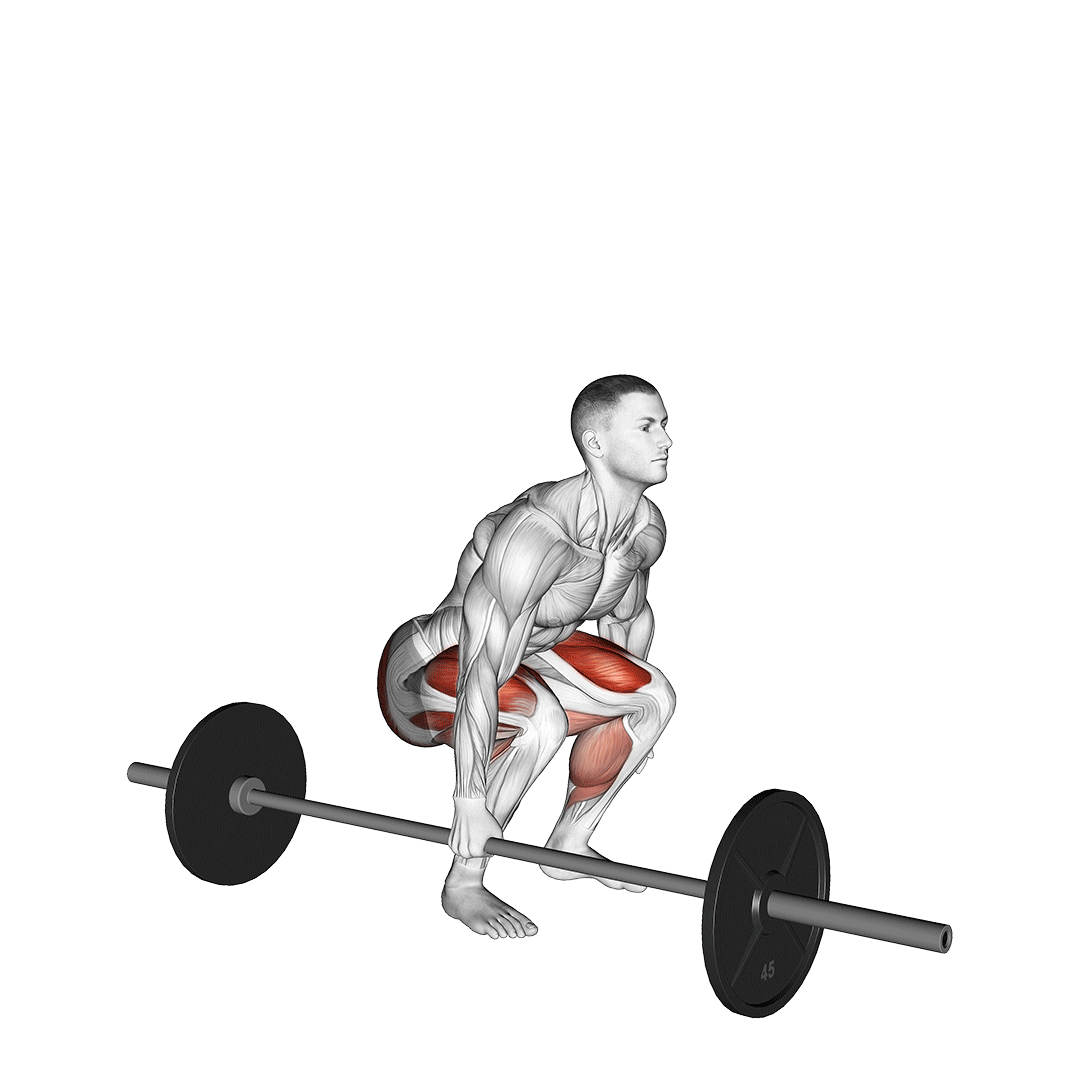
- Load one side of a barbell only.
- Stand to the side of the bar and grip it with one hand.
- Perform a deadlift without letting your torso tilt.
Fun fact: Your obliques act like anti-tilt stabilizers in this move.
Also Read: 10 Forearm Exercises Using Gym Gear That Build Iron Grip & Bigger Arms
8. Barbell Twisting Deadlift
Why it works: Adds a rotational component to the standard deadlift, forcing oblique engagement.
How to:
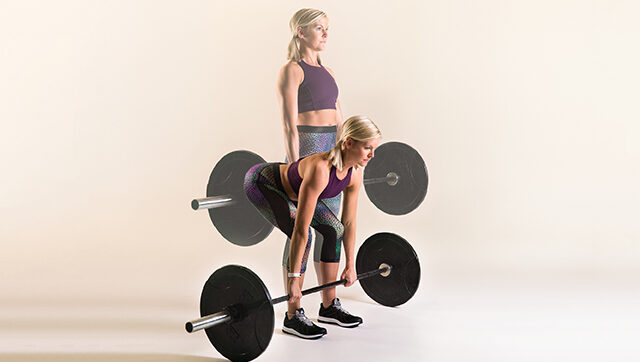
- Begin in a deadlift position holding the barbell.
- As you lift, twist your torso slightly to one side (controlled).
- Alternate sides each rep.
Caution: Start light to avoid compromising spinal form.
9. Barbell Front Rack Side Step with Twist
Why it works: Combines isometric core engagement with lateral and rotational movement.
How to:
- Hold the barbell in front rack position (elbows high).
- Step laterally to one side and rotate your torso toward the leading leg.
- Return to center and repeat on the other side.
Athlete insight: This mimics real-world movement patterns used in sports and daily functions.
10. Barbell Rollout with Side Shift
Why it works: The classic rollout gets an oblique upgrade with a side-to-side shift.
How to:
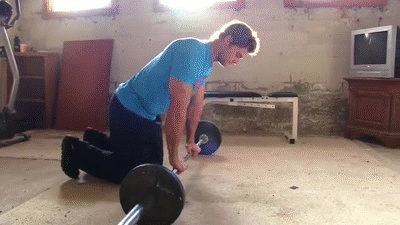
- Load a barbell with round plates and kneel behind it.
- Grip the barbell and roll it forward, but add a slight diagonal shift to each side.
- Return to the starting position and repeat.
Tip: Tighten your glutes and avoid arching your lower back.
Also Read: 13 Bodyweight Trapezius Exercises to Build Strong, Broader Back
Final Thoughts: Why Train Obliques with Barbells?
Using a barbell for oblique training isn’t just effective — it’s smart and efficient. Barbell resistance offers:
- Progressive overload for growth and strength.
- Unilateral and bilateral challenges to target both sides of the core.
- Rotational resistance that mimics real-life movement patterns.
Remember: Your obliques are more than aesthetic. They’re functional muscles that stabilize the spine, protect against injury, and power rotational movement.
Frequently Asked Questions (FAQs)
Can barbell oblique exercises help me get rid of love handles?
Barbell oblique exercises strengthen and define the oblique muscles, which can tighten the waistline. However, spot reduction isn’t possible — you’ll need a combination of strength training, cardio, and proper nutrition to reduce overall body fat, including around the love handles.
Are barbell exercises better than bodyweight moves for obliques?
Yes, in terms of muscle building and progressive overload, barbell exercises can be more effective. They allow you to increase resistance gradually, which is key for developing strength and definition in the obliques.
How heavy should the barbell be for these oblique exercises?
Start light (even an unloaded barbell is enough for beginners). Focus on mastering form first. Once you feel confident, slowly add weight. Remember — core control is more important than lifting heavy in these movements.
Can I train obliques every day?
It’s not recommended. Like any muscle group, obliques need rest to recover and grow. Training them 2–3 times per week with at least 48 hours of rest in between is ideal.
Are these barbell oblique exercises safe for beginners?
Yes, if performed with correct form and appropriate weight. Start with the easier variations (like side bends or landmine twists) before progressing to more advanced moves like barbell rollouts or woodchoppers.
Will oblique training make my waist wider?
No. This is a common myth. Training obliques actually helps tighten and define the waist. If anything, strong obliques give the illusion of a smaller waist by improving posture and supporting the core.
Do I need a landmine setup for some of these moves?
While a landmine setup is helpful, you can improvise by placing one end of a barbell into a secure corner or a heavy dumbbell. Just make sure it’s stable before you begin the exercise.
Who should avoid barbell oblique exercises?
If you have back injuries, hernias, or are recovering from surgery, consult a healthcare professional before performing weighted oblique work. Always prioritize safety and proper technique.
